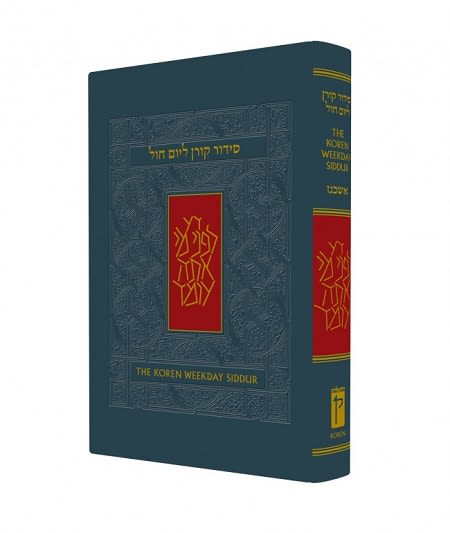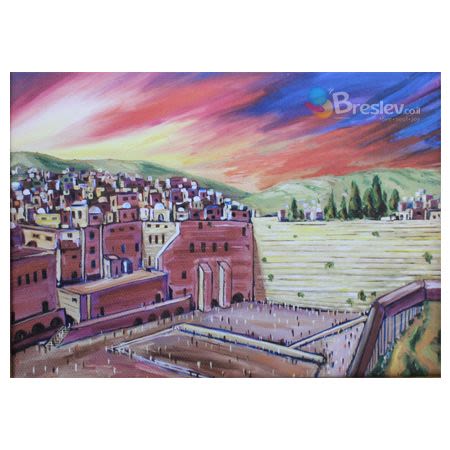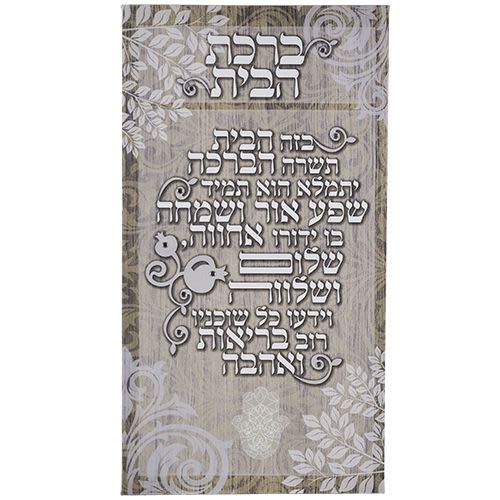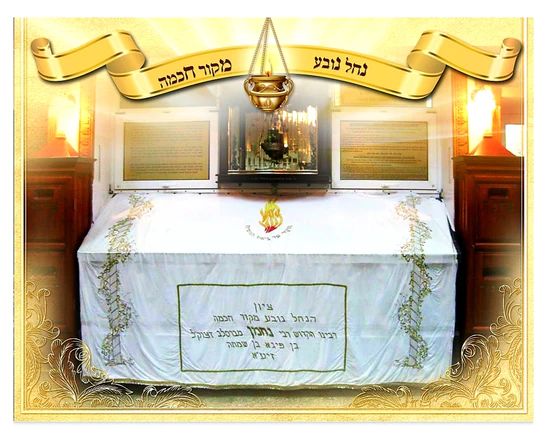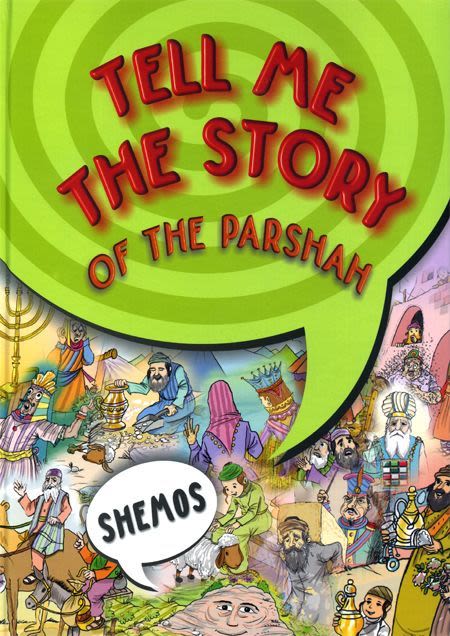
Shemot: The Gartel
Without a thought, Reb Dovid took off his gartel, stretched it out, and seemingly danced on it as he crossed the raging river...
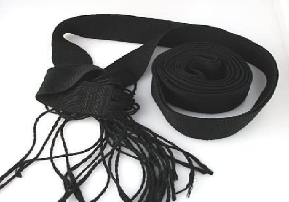
Parshat Shemot
“It was in those days when Moshe (Moses) was grown that he began to go out to his brethren, and he saw their burdens” (Shemot 2:11).
“Moshe was 20 years old” (Midrash).
“He (Moshe) cast his eye and heart to feel the distress” (Rashi).
* * *
Many years ago, in a little village deep in the Carpathian Mountains, there lived a simple Jewish man named Reb Dovid. Although he was extremely poor and unlearned, he had strong faith in God and was happy with his lot in life.
One morning, Reb Dovid was davening (praying) in the simple shul of his village. The other men had already completed their prayers and left for work. Reb Dovid felt a warm glow fill his heart as he slowly recited the prayers in the siddur (prayer book).
Just then, Rabbi Israel – the Holy Baal Shem Tov was walking past the village and perceived the heavenly light streaming out from the tiny village shul. He quickly walked to the shul and looked in the window. There, he saw Reb Dovid davening and wearing his Tallit (prayer shawl) and Tefillin (phylacteries).
Rabbi Israel entered the shul, sat down, and began learning while he waited for Reb Dovid to finish his prayers.
Hour after hour passed and it was already late in the afternoon by the time Reb Dovid completed his prayers and took off his Tallit and Tefillin.
“Shalom Aleichem (Peace be to you), Aleichem Shalom” they greeted each other.
After speaking to each other for a while, Rabbi Israel asked Reb Dovid, “Tell me my friend, why were you davening for so long?”
“Rabbi,” Reb Dovid replied in a hushed tone, “I don’t really know the meaning of the words of the siddur or even the right prayers to say. So I usually start at the beginning of the siddur and stop with the minyan. But today, I felt particularly inspired and didn’t stop until I reached the end of the siddur.”
“My dear friend,” asked Rabbi Israel, “Would you like me to teach you what prayers to say and when to say them?”
“Oh Rabbi, I can’t tell you how much that would mean to me. But I don’t want to be a bother to you.”
“Oh no Reb Dovid, it wouldn’t be a bother at all,” said the Baal Shem Tov. “In fact, I would be honored to teach you the prayers.”
The two men sat together for several hours while Rabbi Israel taught Reb Dovid the different prayers in the siddur. They started with the morning prayers, then those said before and after eating, for the afternoon prayers, for the evening prayers, for Shabbat and Yom Tov, and so on. Between the pages of the siddur, separating the different prayers, Rabbi Israel placed small pieces of paper with notes to remind Reb Dovid about each of the prayers.
After explaining the entire siddur, Rabbi Israel bid farewell and left, walking quickly along the road leading from the town.
Reb Dovid was so thrilled that he started dancing around the room, hugging his siddur filled with the small pieces of paper between the pages. Suddenly, the siddur somehow slipped from his hands and fell to the floor. The pieces of paper scattered everywhere.
Reb Dovid was bewildered and dismayed. On one hand, he thought, “I so want to know the proper prayers and when to say them.” On the other hand, he felt extremely embarrassed at the thought of running after the Rabbi and asking him to take the time to explain the prayers to him again.
But Reb Dovid’s desire to pray properly outweighed his embarrassment. He grabbed the siddur and the pieces of paper and raced after the Rabbi.
At first he didn’t see the Baal Shem Tov. Then he reached the top of a hill where he could barely make out the Rabbi far in the distance. “Whew,” he signed in relief and started running even faster as the Baal Shem Tov again disappeared into a forest.
Suddenly, Reb Dovid found himself standing high above a wide, raging river and there next to the river, stood the Baal Shem Tov.
Reb Dovid was relieved. It would take a while for the Baal Shem Tov to find a way across the river. He quickly started climbing down the mountain to the river. Then he saw the Baal Shem Tov take off his gartel (a special prayer belt) from around his waist, stretch it out, and seemingly dance on it across the river. As soon as he reached the opposite bank, he put his gartel back on and continued walking away without even glancing back.
Reb Dovid reached the edge of the river and stood in disbelief as he watched the Rabbi on the other side of the river. He yelled out, “Rabbi! Rabbi!” but his voice could not be heard above the roaring water.
Without a thought, Reb Dovid took off his gartel, stretched it out, and seemingly danced on it as he crossed the raging river. As soon as he reached the opposite bank, he started running as fast as he could after the Baal Shem Tov.
“Rabbi, Rabbi! Wait for me,” he yelled.
The Baal Shem Tov turned around. He was startled to see Reb Dovid running after him. “What are you doing here?”
Reb Dovid held out the siddur and the pieces of paper. “Rabbi, I’m so sorry. I dropped the siddur and all the pieces of paper fell out.”
“But what are you doing here?” asked the Baal Shem Tov.
“Rabbi! I’ve come to ask you to please put the pieces of paper back into the siddur.”
“But how did you cross the river?”
“Rabbi, I crossed on my gartel, just like you.”
“You know”, said the Baal Shem Tov, putting his arm around Reb Dovid, “you don’t need my papers. The way that you’ve been davening (praying) until now is just fine.”
And so it was.
***
Tzvi Meir Cohn attended Yeshiva Hadar Hatorah in Crown Heights, Brooklyn after completing his university studies in Engineering and Law. While studying at the Yeshiva, he discovered a deep connection to the stories and teachings of the Baal Shem Tov. His many books about the Baal Shem Tov can be found in the Breslev Store. He can be contacted at howard@cohnpatents.com.






